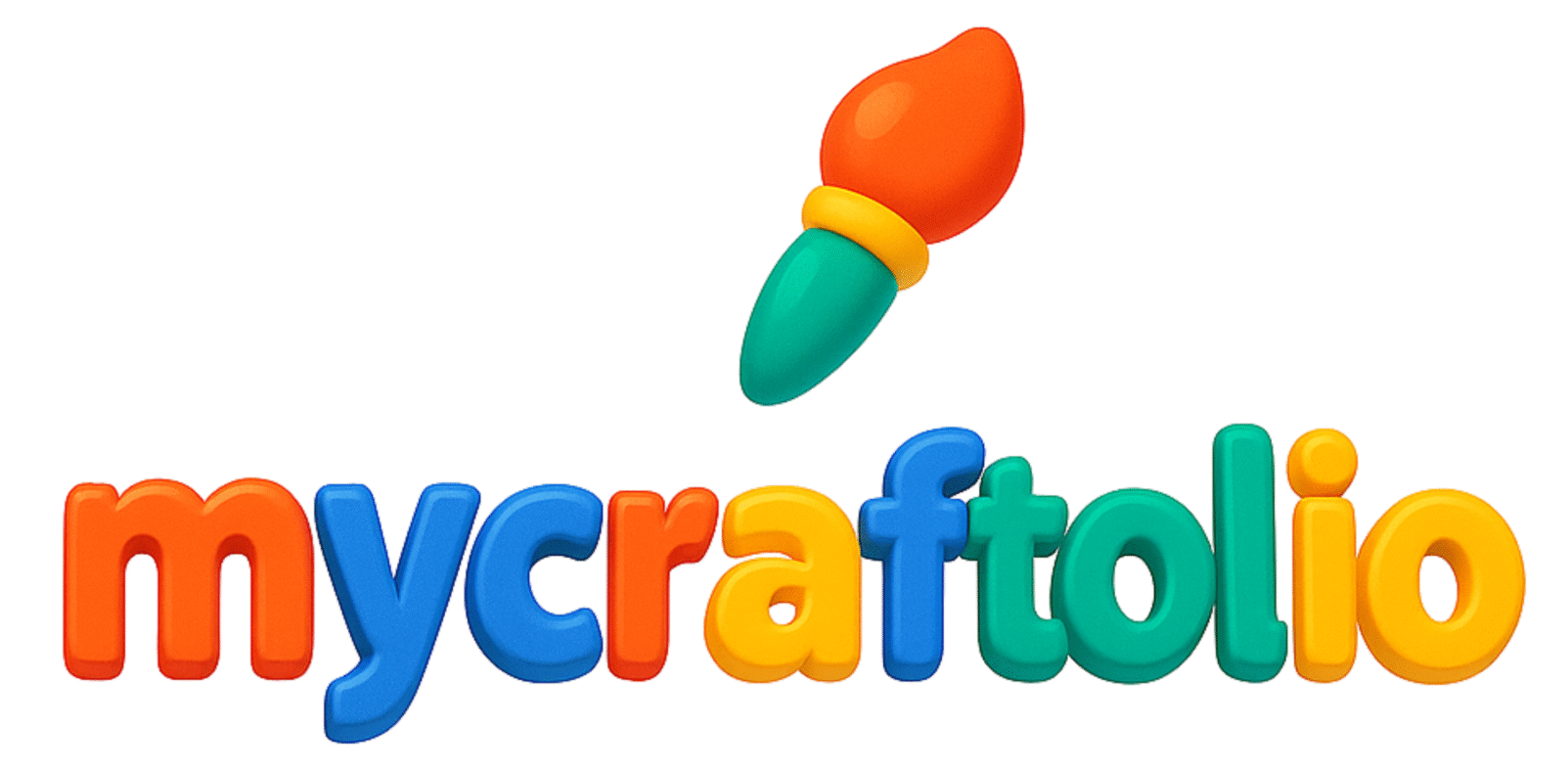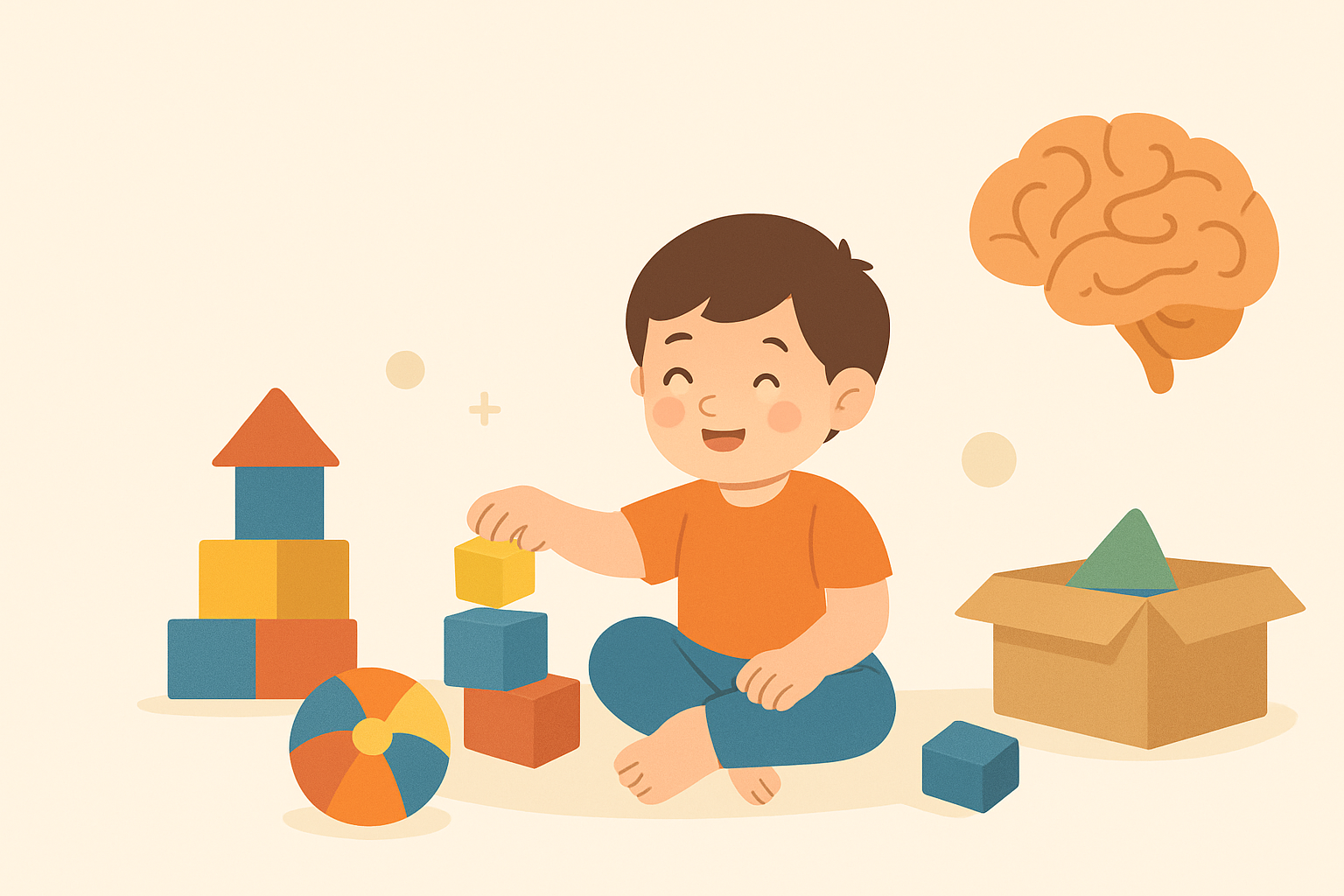How Play-Based Learning Boosts Your Child’s Brain Development
Play is not just fun and games; it’s a fundamental aspect of child development, crucial for cognitive, emotional, social, and physical growth. This article explores the science behind play-based learning, examining how different types of play contribute to brain development and academic skills. It also provides practical tips for parents to encourage play at home, fostering a stimulating environment for their children’s holistic development.
Introduction: The Power of Play
In a world increasingly focused on structured learning and early academic achievement, it’s easy to overlook the simple yet profound power of play. Play is often dismissed as mere recreation, but it is, in fact, a critical component of a child’s development. Through play, children explore their world, experiment with ideas, develop problem-solving skills, and learn to interact with others. It’s the foundation upon which future learning and success are built. This article delves into the science behind play-based learning, highlighting its benefits for brain development and providing practical advice for parents to integrate play into their children’s lives.

The Science Behind Play-Based Learning
Play-based learning is rooted in the understanding that children learn best through active engagement and exploration. This approach aligns with how the brain naturally develops.

Brain Development and Play
- Synaptic Connections: Play stimulates the formation of synaptic connections in the brain, particularly in the prefrontal cortex, which is responsible for higher-level thinking, decision-making, and problem-solving (Ginsburg, 2007).
- Neurotransmitters: Engaging in play releases neurotransmitters like dopamine, which enhances motivation, focus, and memory (Diamond, 2015).
- Brain Plasticity: Play promotes brain plasticity, allowing the brain to adapt and learn new skills more effectively.
Cognitive Skills Enhanced by Play
- Problem-Solving: Play provides opportunities to encounter and solve problems, fostering critical thinking skills.
- Creativity and Imagination: Pretend play, in particular, encourages children to think creatively and imagine new possibilities.
- Memory and Attention: Play requires children to remember rules, follow instructions, and sustain attention, improving these cognitive functions.

Types of Play and Their Specific Benefits
Different types of play offer unique benefits for child development.
Pretend Play (Dramatic Play)
- Benefits: Enhances creativity, imagination, language development, social skills, and emotional regulation.
- Example: Playing house, dressing up, acting out stories.
Constructive Play
- Benefits: Develops problem-solving skills, spatial reasoning, fine motor skills, and creativity.
- Example: Building with blocks, creating art projects, assembling puzzles.
Physical Play
- Benefits: Improves gross motor skills, coordination, balance, and physical health.
- Example: Running, jumping, climbing, playing sports.
Games with Rules
- Benefits: Teaches children about rules, fairness, cooperation, and strategic thinking.
- Example: Board games, card games, organized sports.

How Play Improves Academic Skills
Play is not separate from academic learning; it’s an integral part of it.
Math
- Play-Based Activities: Building with blocks, measuring ingredients while baking, playing board games that involve counting.
- Benefits: Develops number sense, spatial reasoning, and problem-solving skills related to math concepts.
Reading
- Play-Based Activities: Reading aloud, acting out stories, creating puppets and performing plays.
- Benefits: Enhances vocabulary, comprehension, and a love for reading.
Science Thinking
- Play-Based Activities: Conducting simple experiments, exploring nature, building structures.
- Benefits: Fosters curiosity, observation skills, and scientific reasoning.
Emotional and Social Benefits of Play
Play is essential for developing emotional intelligence and social skills.
- Emotional Regulation: Play allows children to express and manage their emotions in a safe environment.
- Social Skills: Play teaches children how to cooperate, negotiate, share, and resolve conflicts.
- Empathy: Pretend play, in particular, helps children develop empathy by stepping into the shoes of others.
- Self-Confidence: Successfully navigating play situations builds self-esteem and confidence.
(Image Suggestion: Children playing together, showing cooperation and positive social interaction.)
Practical Tips for Parents to Encourage Play-Based Learning at Home
- Create a Playful Environment: Designate a play area with a variety of toys and materials.
- Provide Open-Ended Toys: Offer toys that can be used in multiple ways, such as blocks, art supplies, and dress-up clothes.
- Limit Screen Time: Encourage active play instead of passive screen time.
- Join in the Fun: Participate in play with your child, following their lead and encouraging their creativity.
- Embrace Messes: Don’t be afraid of a little mess; it’s a sign of active learning and exploration.
- Schedule Playtime: Make time for play in your child’s daily routine.
- Encourage Outdoor Play: Spend time outdoors exploring nature and engaging in physical activities.
Conclusion: Embrace the Power of Play Play is not a luxury; it’s a necessity for healthy child development. By understanding the science behind play-based learning and incorporating it into daily routines, parents can foster their children’s cognitive, emotional, social, and physical growth. Embrace the power of play, and watch your child thrive.
References
- Diamond, A. (2015). Want to optimize executive functions and academic outcomes? Simple, just nourish the human spirit. Minnesota Symposia on Child Psychology, 38, 1-24.
- Ginsburg, K. R. (2007). The importance of play in promoting healthy child development and maintaining strong parent-child bonds. Pediatrics, 119(1), 182-191.
- Bodrova, E., & Leong, D. J. (2015). Vygotskian and post-Vygotskian views on children’s play. American Journal of Play, 7(3), 371–388.
- Clements, D. H., & Sarama, J. (2009). Learning and teaching early math: The learning trajectories approach. Routledge.
- Fleer, M. (2009). Supporting scientific conceptual consciousness or learning in ‘a roundabout way’ in play-based contexts. International Journal of Science Education, 31(8), 1069–1089.
- Ginsburg, K. R. (2007). The importance of play in promoting healthy child development and maintaining strong parent–child bonds. Pediatrics, 119(1), 182–191.
- Han, M., Moore, N., Vukelich, C., & Buell, M. (2010). Does play make a difference? How play intervention affects the vocabulary learning of at-risk preschoolers. American Journal of Play, 3(1), 82–105.
- Howard-Jones, P. A. (2010). The teacher and the brain. Routledge.
- Kolb, B., & Gibb, R. (2011). Brain plasticity and behaviour in the developing brain. Journal of the Canadian Academy of Child and Adolescent Psychiatry, 20(4), 265–276.
- Lester, S., & Russell, W. (2008). Play for a change: Play, policy and practice – A review of contemporary perspectives. Play England.
- Pellegrini, A. D., & Smith, P. K. (1998). Physical activity play: The nature and function of a neglected aspect of play. Child Development, 69(3), 577–598.
- Ramani, G. B., & Siegler, R. S. (2008). Promoting broad and stable improvements in low-income children’s numerical knowledge through playing number board games. Child Development, 79(2), 375–394.
- Weisberg, D. S., Hirsh-Pasek, K., & Golinkoff, R. M. (2013). Guided play: Where curricular goals meet a playful pedagogy. Mind, Brain, and Education, 7(2), 104–112.
- Vygotsky, L. S. (1978). Mind in society: The development of higher psychological processes. Harvard University Press.

